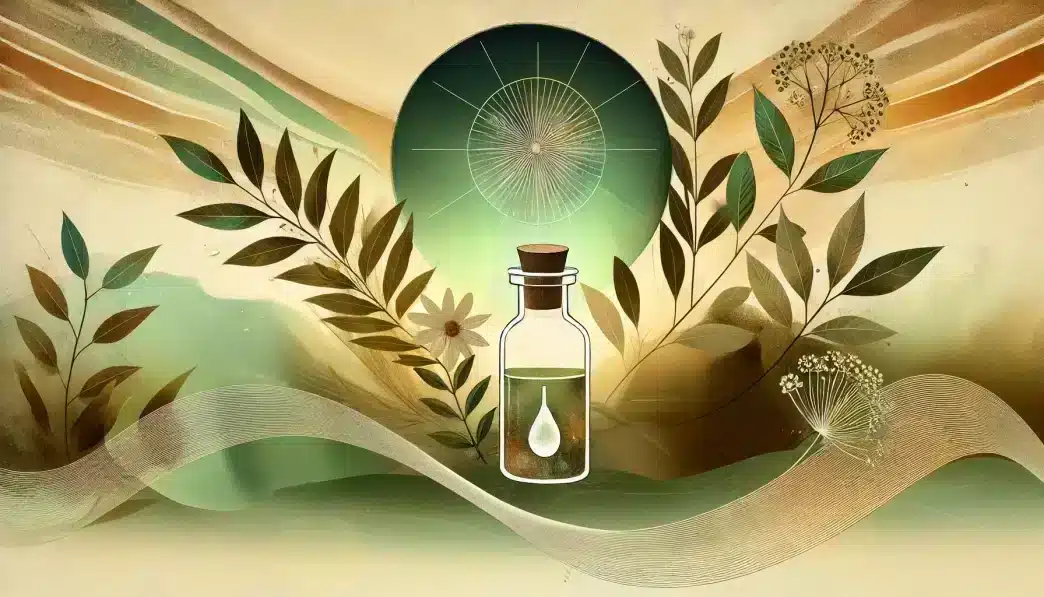What is World Homeopathy Day?
World Homeopathy Day is celebrated annually on April 10 to honor Dr. Samuel Hahnemann, the founder of homeopathy. This day promotes awareness of homeopathy’s principles, benefits, and role in alternative medicine. It highlights the importance of holistic healing, emphasizing the idea that the body can restore itself with the right natural treatments.
Homeopathy follows the principle of “like cures like,” where highly diluted substances stimulate the body’s natural healing processes. Practiced worldwide, homeopathy has gained a strong following among those seeking natural and personalized healthcare solutions.
History and Origin
Dr. Samuel Hahnemann, born on April 10, 1755, was a German physician who developed homeopathy in the late 18th century. Disillusioned by traditional medical practices, he sought a gentler, more individualized approach to healing. He introduced the concept that substances causing symptoms in large doses could, in small doses, trigger the body’s ability to heal.
World Homeopathy Day was established to honor Hahnemann’s contributions and to promote discussions on the benefits, scientific developments, and future potential of homeopathy. Various medical institutions, researchers, and practitioners worldwide use this day to share knowledge, hold conferences, and engage with the public.
Who Observes World Homeopathy Day?
- Homeopathic practitioners: Professionals who use homeopathy as part of their medical practice.
- Alternative medicine enthusiasts: People who prefer natural and holistic treatment methods.
- Patients: Individuals who have benefited from homeopathy and support its approach to healing.
- Educational institutions: Schools and universities that offer courses in alternative medicine and homeopathy.
- Health organizations: Groups that promote holistic healthcare and integrative medicine.
Slogans and Themes
World Homeopathy Day promotes themes of holistic healing, natural remedies, and patient-centered care. It encourages a greater understanding of homeopathy’s role in wellness and prevention. Common slogans include “Embracing Nature’s Cure,” “Healing from Within,” and “Homeopathy: Personalized Medicine.”
Colors, Symbols, and Patterns
Colors
- Green symbolizes nature, growth, and healing.
- Blue represents tranquility and holistic well-being.
- White denotes purity and the minimalistic approach of homeopathy.
Symbols
- Mortar and pestle represent traditional preparation of homeopathic remedies.
- Dilution droplet signifies the process of creating homeopathic solutions.
- Leaf emphasizes the natural origins of many homeopathic substances.
Patterns
- Circular designs reflect the holistic nature of health in homeopathy.
- Leaf motifs highlight the use of plant-based remedies.
- Water ripples symbolize the dilution process fundamental to homeopathic preparations.
How to Observe World Homeopathy Day
- Attend seminars and workshops that discuss the latest research in homeopathy.
- Consult a homeopathic practitioner to explore treatment options.
- Read about homeopathy’s history, principles, and applications.
- Share success stories of homeopathic treatments to raise awareness.
- Promote awareness on social media using relevant hashtags.
Most Used Hashtags
- #WorldHomeopathyDay
- #Homeopathy
- #NaturalHealing
- #SamuelHahnemann
- #AlternativeMedicine
Why is World Homeopathy Day Important?
World Homeopathy Day honors the legacy of Dr. Samuel Hahnemann and his development of homeopathy. It provides an opportunity to raise awareness about this alternative medical system, promote its principles, and encourage further research. By observing this day, practitioners and supporters aim to highlight the potential benefits of homeopathy in achieving holistic health and well-being.
Features
- Health
